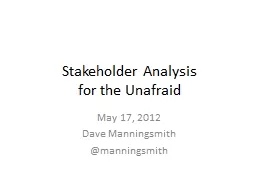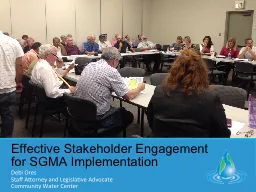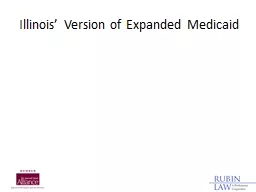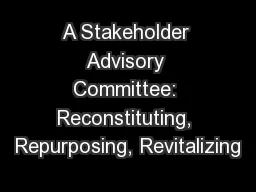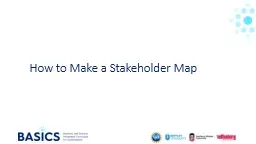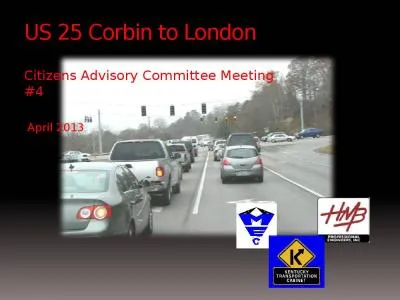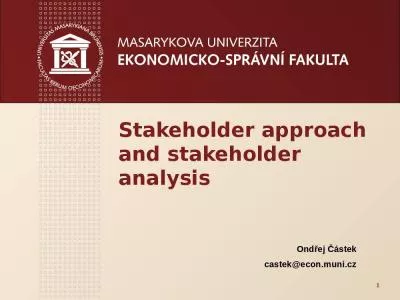PPT-Prepared for the Illinois Stakeholder Advisory Group
Author : mitsue-stanley | Published Date : 2019-11-23
Prepared for the Illinois Stakeholder Advisory Group Residential Smart Thermostats Impact Analysis Gas Preliminary Findings December 16 2015 Content of Report This
Presentation Embed Code
Download Presentation
Download Presentation The PPT/PDF document "Prepared for the Illinois Stakeholder Ad..." is the property of its rightful owner. Permission is granted to download and print the materials on this website for personal, non-commercial use only, and to display it on your personal computer provided you do not modify the materials and that you retain all copyright notices contained in the materials. By downloading content from our website, you accept the terms of this agreement.
Prepared for the Illinois Stakeholder Advisory Group: Transcript
Download Rules Of Document
"Prepared for the Illinois Stakeholder Advisory Group"The content belongs to its owner. You may download and print it for personal use, without modification, and keep all copyright notices. By downloading, you agree to these terms.
Related Documents


